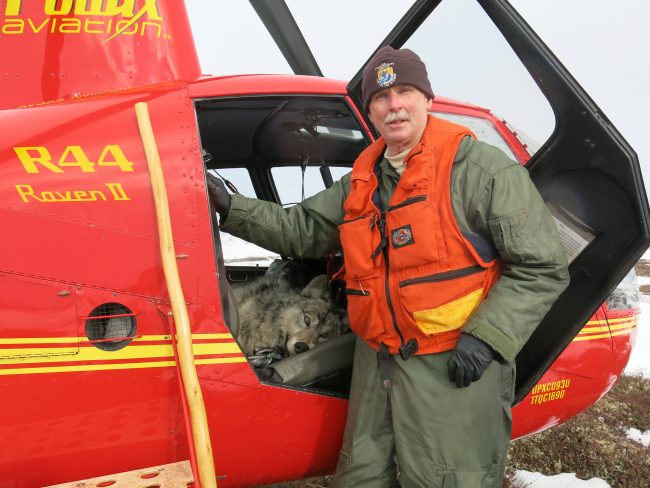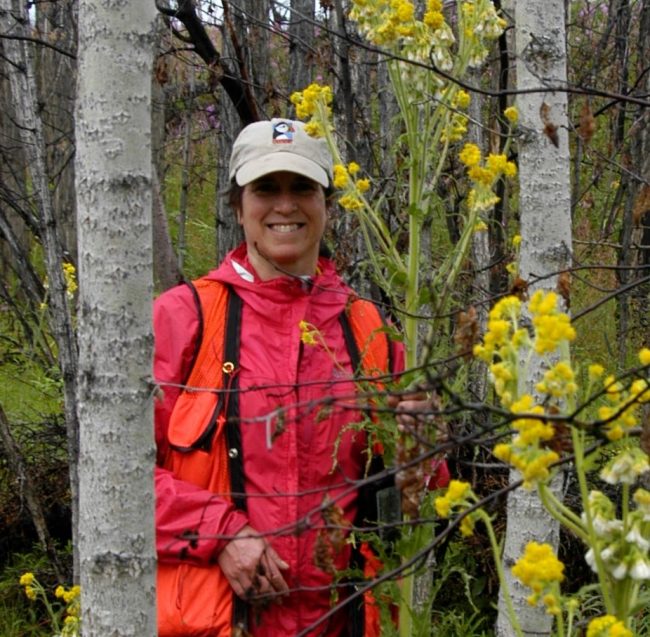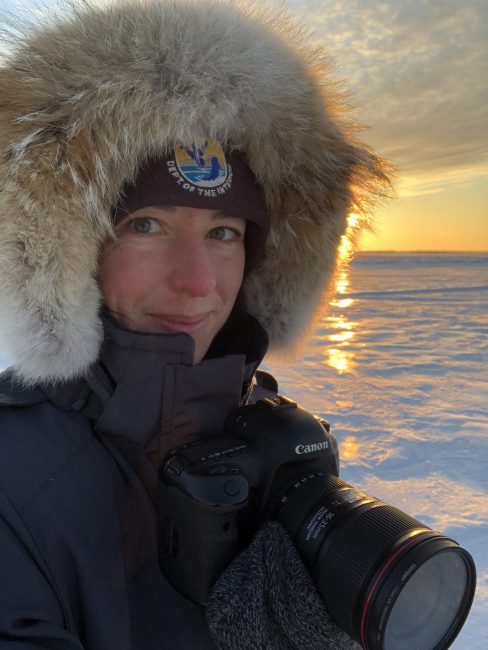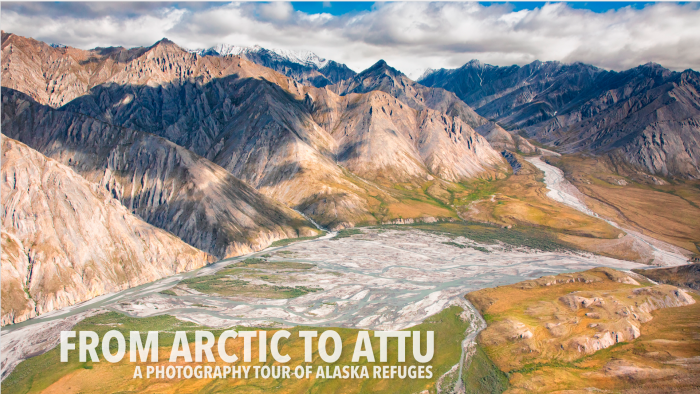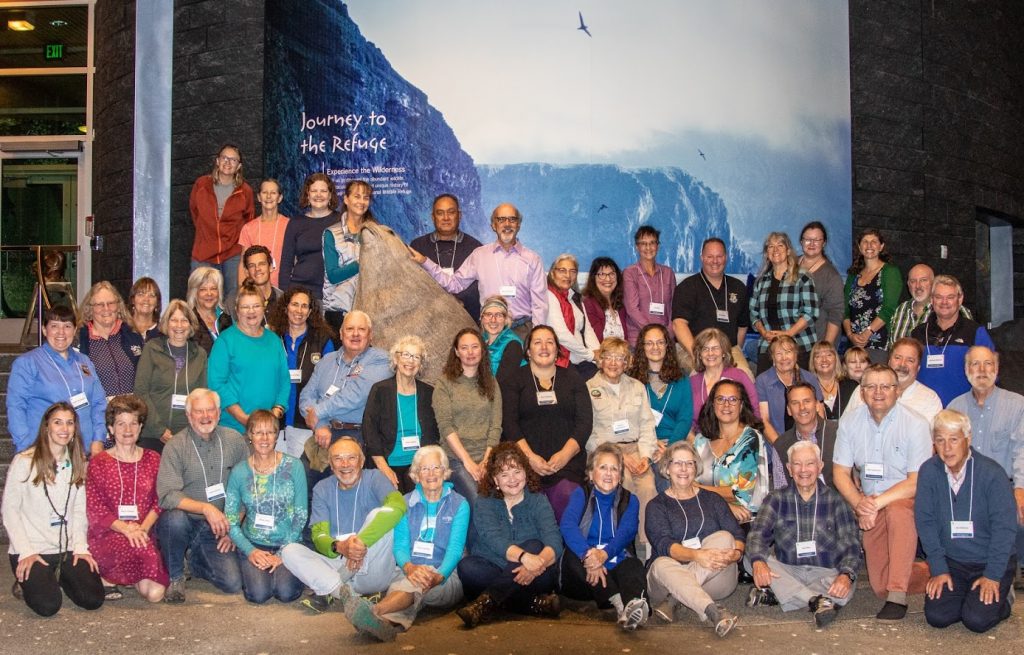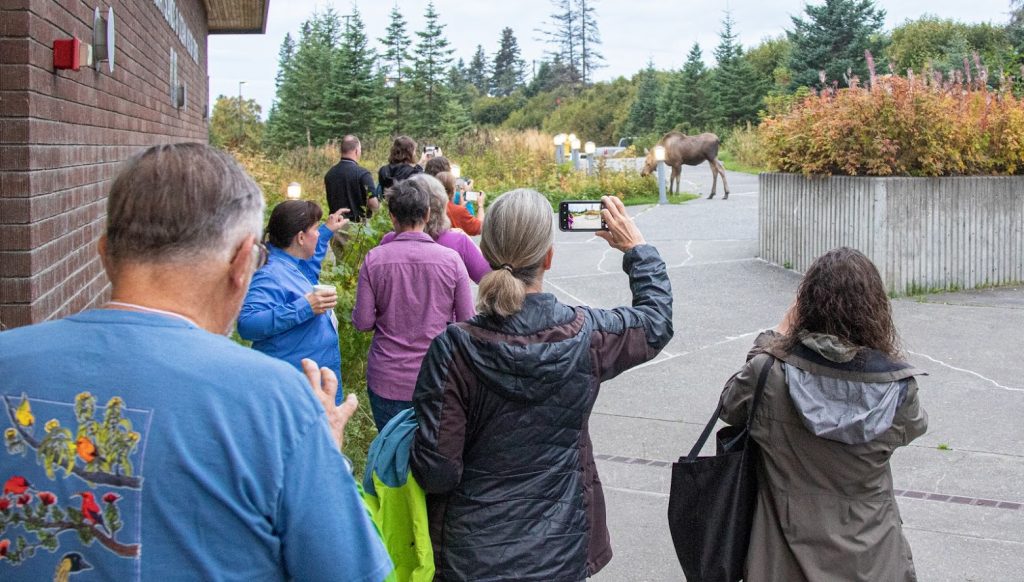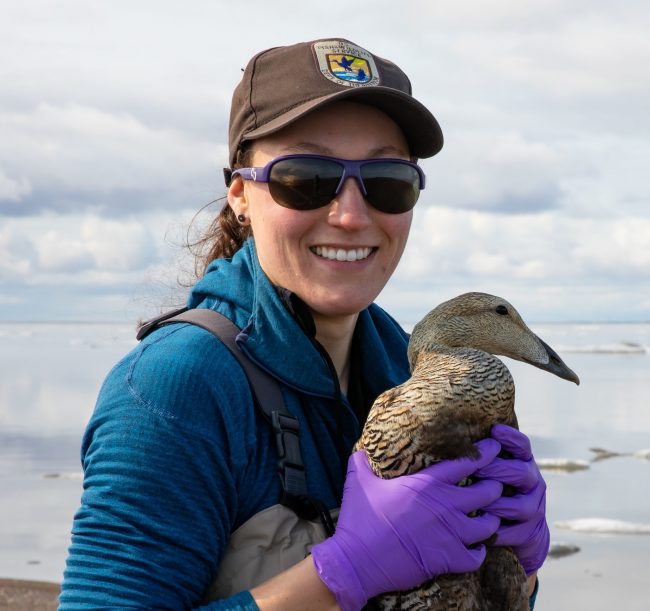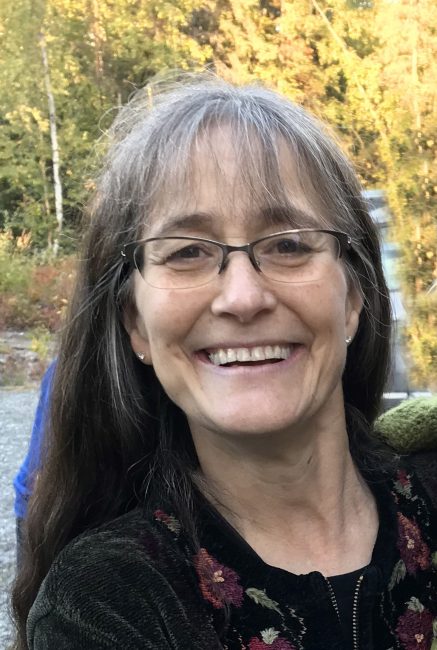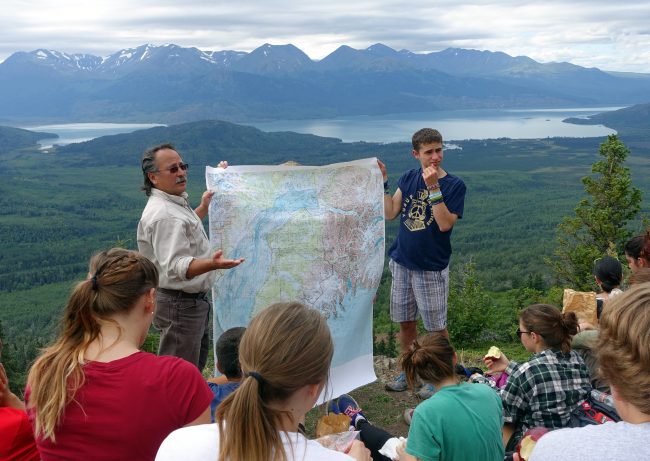Please join us on Tuesday, April 21, 5-6pm (AKDT), for our Friends April membership meeting with featured guest speaker Togiak Refuge Supervisory Wildlife Biologist Pat Walsh.
This is a virtual meeting. (Meeting details below)
Dominated by the Ahklun Mountains in the north and the cold waters of Bristol Bay to the south, Togiak National Wildlife Refuge confronts the traveler with a kaleidoscope of landscapes including a rugged coastline featuring the walrus haulout and seabird nesting sites of Cape Pierce, world class rainbow trout and salmon streams, high snowy mountains, more than 500 big (over 25 acres) lakes and sweeping tundra. Change has been occurring to this landscape since the Pleistocene but change used to be noted in centuries. Now changes are evident from year to year. Learn more about the Togiak Refuge here.
Pat Walsh has been Supervisory Fish and Wildlife Biologist for the U.S. Fish and Wildlife Service’s Togiak National Wildlife Refuge since 2001. He has BS and MS degrees in wildlife ecology and 30 years of experience in leading ecological studies.
To join the meeting: Join the Zoom meeting by computer
OR
Join by phone:
Phone number: (669) 900-9128
Meeting ID: 918 6891 5432
Password: 336354
Download the presentation: Togiak Refuge presentation for Refuge Friends April 2020
The meeting will also be recorded and available here if you miss the 5 p.m. live meeting.
